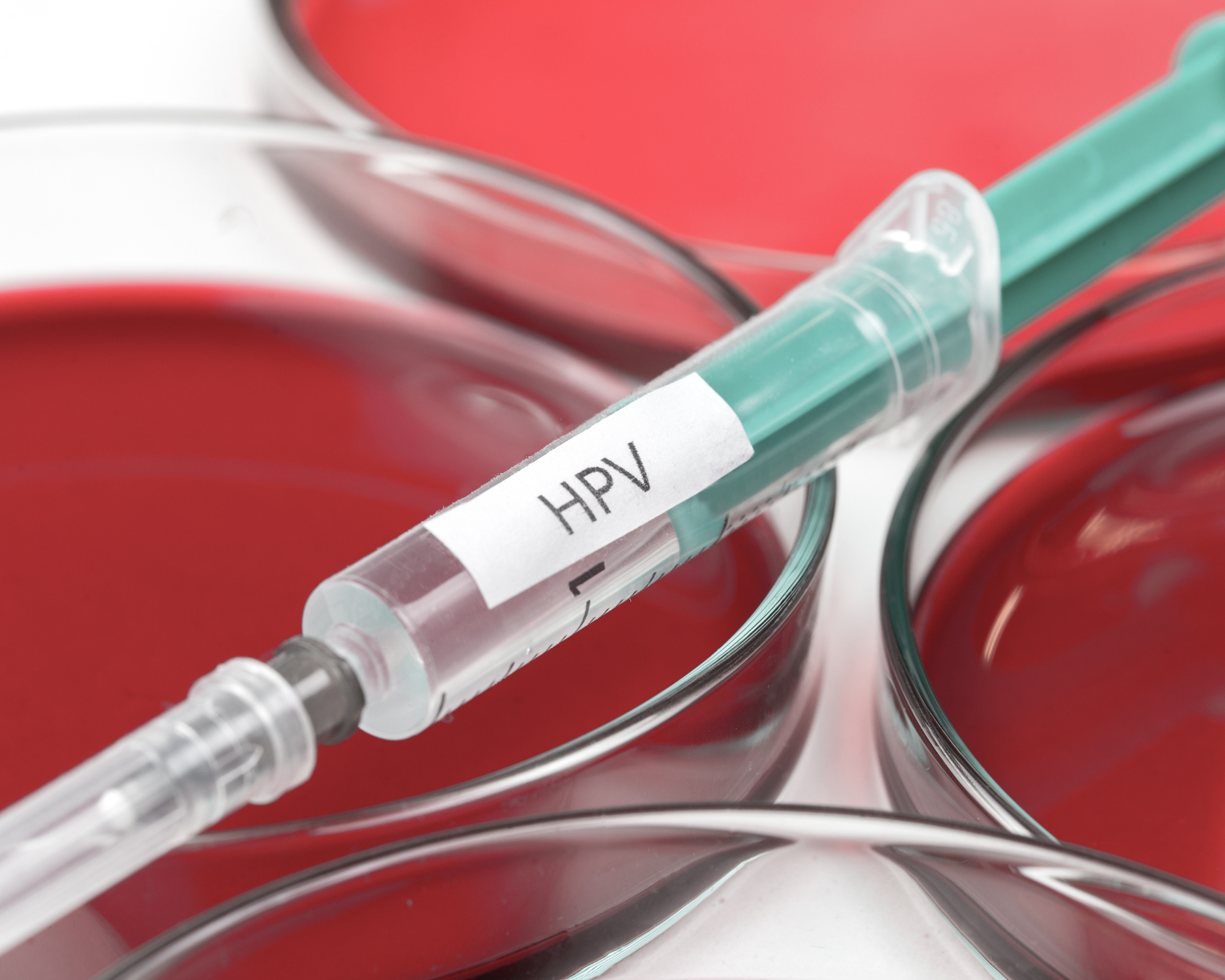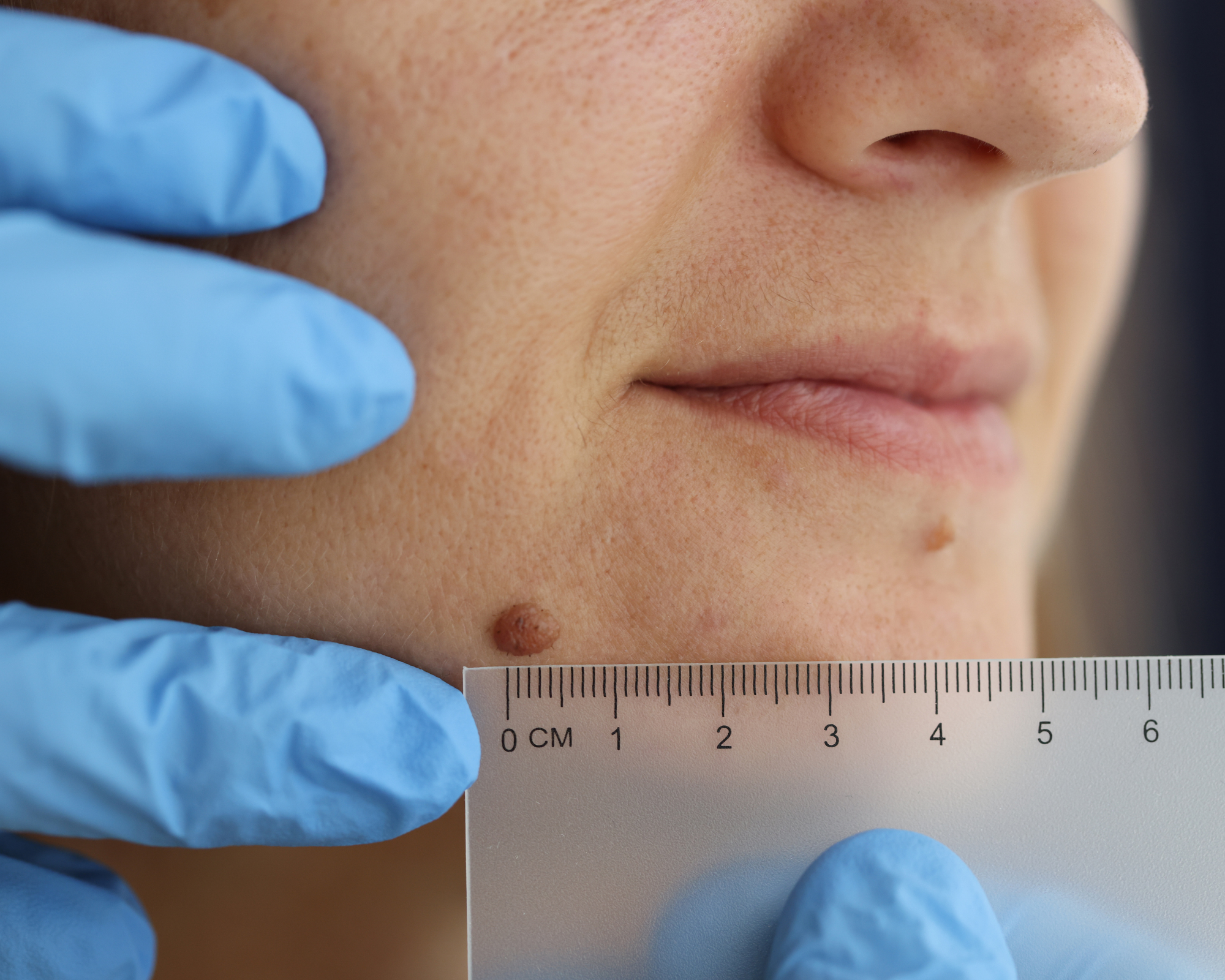The Most Common STI, No One Discusses: HPV Awareness
If you’ve ever heard the words, “You have HPV,” there is no need to fear or panic. Having HPV is not shameful, nor should it cause humiliation. Most people will have Human Papilloma Virus or HPV at some point, yet hardly any of us understand what that means. HPV is the most common type of Sexually Transmitted Virus in the United States. It lives on the skin and is transmitted genitally through skin-to-skin contact, not body fluids, so condom use does not necessarily prevent viral transmission. Many people are asymptomatic and not aware that they have HPV.
Most sexually active people will have HPV at some point in their lives. It can be dormant in the body, and most people clear the virus within one year. Having HPV is a sexually transmitted virus that can lead to individuals receiving a cervical cancer diagnosis. However, not all HPV infections will lead to cancer. Educating ourselves about this virus that causes common warts, genital warts, and genital cancers helps to make a new diagnosis of HPV not so scary. The stigma around HPV can be embarrassing, but knowing that this virus is widely prevalent should help dispel shame and stigma. Unlike many STDs, HPV cannot be treated or fully prevented and is not always detectable. There is no one to blame for an HPV diagnosis. It is a common virus and can be passed on despite safer sex practices. By increasing our understanding of HPV, especially about how common it is and that most infections clear on their own, we can decrease the stigma people have felt about having HPV.
What is Human Papillomavirus (HPV)
Human Papilloma Virus (HPV) is a contagious and sexually transmitted disease. A sexually transmitted disease (STD) is a sexual health issue you get from another person by either vaginal, oral, or anal sex. There are many different kinds of STDs. Some can be spread by skin-to-skin contact. Some are viruses, and some are bacteria. Some can be cured, and others can be treated. The most common STDs are: Chlamydia, Gonorrhea, Hepatitis B, Herpes, HIV, and HPV.
HPV is a viral STD. It is the main culprit behind genital warts, abnormal Pap smears, and multiple types of cancer, including cervical, vulvar, anal, penile, and oropharyngeal/throat cancers.1,2 Approximately 85% of sexually active people will contract HPV in their lifetime. 2 HPV clears up on its own, and most pre-cancerous cervical cell changes resolve spontaneously, with minimal risk of it progressing to cervical cancer.
How Do You Contract HPV?
HPV is spread by direct skin-to-skin contact during vaginal, oral, or anal sex. It can be spread even when an infected partner has no visible signs or symptoms. It can be spread on our hands as well as our genitals.
Are There Different Types of HPV?
There are over 100 different strains of HPV. About sixteen of them are considered high-risk and associated with cervical cancer. HPV types 16 and 18 account for about 70% of cases of cervical cancer, and HPV types 31, 33, 45, 52, and 58 account for an additional 15%-20% of cervical cancer cases.
What Are The Signs & Symptoms of HPV in Women & Men?
HPV doesn’t have symptoms, except for the strain of HPV that causes genital warts. Warts are small, painless growths on the genitals. They are usually flat, skin-colored, bumpy, cauliflower-looking lesions on the keratinized skin of the genitals. They are typically painless don’t bleed or ulcerate. HPV can cause cervical cell changes (cervical dysplasia or pre-cancerous cell changes), which may manifest as abnormal discharge, bleeding after penetrative sex, and abnormal Pap smear results.
What Are Some of the Medical Issues that HPV Causes?
HPV can cause genital warts, cervical cancer, throat cancer, anal cancer, and penile cancer. HPV is the probable cause of up to 80% of people with penile cancer. This is considered sexually transmitted. HPV-16 infection is the most common strain.
Why Do I Get A Pap Smear?
Pap smear testing of the cervix to screen for cervical cancer is recommended to begin at age 21 in women. If the pap smear results are normal, a screening test is repeated every three years until the age of 30, when HPV co-testing is added to the cytology screening test.
If Pap smear results are abnormal, women are followed more closely and evaluated further based on their test results. Very often, repeat Pap smear testing in one year will show a normal result. HPV resolves spontaneously in most women.
If HPV persists and causes changes in the cervix, there are many treatments for pre-cancerous cervical changes. Usually, the next step in evaluation is a biopsy of the cervical tissue called a colposcopy or “colpo”. This is an office procedure where the gynecologist looks closely at the cervix with a microscope-like device. The medical provider will brush acetic acid/vinegar on the cervix, observe for any abnormal appearing areas to biopsy, remove some of the cervical tissue, and look microscopically. A woman will have some pain and cramping, and bleeding during and after the procedure for a short time. Treatment is based on these test results and may lead to LEEP (loop electric excision) of cervical tissue. LEEP involves a thin wire loop connected to electrocautery to remove thin amounts of cervical tissue where the abnormal cells are identified. Cone biopsy was another treatment option but is not used much now because it removed so much cervical tissue. Cryofreezing of the abnormal cervical tissue is another treatment option. If the cancer is invasive, then a hysterectomy, or removal of the cervix and uterus, is performed.
How is HPV Treated?
There is no cure for HPV, and most people will clear the virus within one year. HPV is treated in several different ways. Warts often resolve spontaneously without treatment as the body’s immune system recognizes and fights off the virus. Warts can be treated at home with a prescription cream called imiquimod. Over a couple of months, warts should recede. Also, warts can be treated in a health care provider’s office with cryotherapy or the application of trichloroacetic acid. These treatments can be uncomfortable and need to be repeated several times.
What are the Dangers of HPV?
The dangers of HPV are squamous cell cancers. Each year in the United States, about 46,143 new cancer cases are found in parts of the body where human papillomavirus (HPV) is often found. HPV causes about 36,500 of these cancers.
Approximately 24,600 of these cancers are attributable to the two high-risk HPV types (16 and 18) targeted by the FDA-approved HPV vaccine. Another 3,800 cancers are newly diagnosed, attributable to the other five high-risk HPV types (31, 33, 45, 52, and 58). Of these newly diagnosed HPV-attributed cancers, at least 50% are cervical cancers.2 Nearly 4,200 U.S. women die each year of cervical cancer.
How Do I Prevent HPV?
Sexual abstinence is one way to prevent HPV. While as many as 4-20% of women with HPV have only one sexual partner, the risk of acquiring HPV increases with the number of sexual partners you have in a lifetime. When discussing becoming sexually intimate with a partner, ask whether she has had abnormal Pap smears and if she knows if she’s been tested for HPV. Condom use does not help reduce the risk of transmission of viruses.
The Gardasil-9 vaccine is FDA approved for males and females aged 9-45. This is a series of three injections, given over six months. The HPV vaccine acts as primary prevention to cervical dysplasia, cervical cancer, and the other types of cancer listed above. The vaccine became widely available in 2006 and protects against the highest-risk strains of HPV. Since the HPV vaccine is 99% effective in the context of no prior HPV exposure, it is recommended to vaccinate children before they become sexually active, so they are protected from sexual transmission of the virus.
Gardasil vaccine is not recommended during pregnancy, but no intervention is needed if someone is inadvertently vaccinated while pregnant. The CDC’s Advisory Committee on Immunization Practices (ACIP) recommends vaccination for people who have not been adequately vaccinated who fall into any of these categories: men who have sex with men, transgender individuals, and people with immunocompromising conditions, like HIV. Please discuss routine and catch-up vaccination is recommended to be decided upon with your health care provider.
Don’t smoke. Smoking decreases the body’s ability to heal and repair. Consider another birth control option besides OCPs. Cervical cancer rates are higher in long-term birth control users.
What Can I Do While I’m Waiting on Repeat Pap Testing?
It is normal to feel anxiety and concern when given a result of an abnormal Pap smear and told to repeat it in one year. You don’t have to do anything while you wait. Many women may want to take a proactive approach and optimize their health.
Dr. Aviva Romm, M.D., has four categories of recommendations to improve overall wellness holistically:
1) Nutrition
2) Reducing inflammation & oxidative damage
3) Stress & Immunity
4) The Vaginal Microbiome.
She makes recommendations on eating 8-10 servings of colorful fruits and vegetables daily and getting enough selenium, Vitamin A, D, B12, and folate. The reduction of processed foods, refined sugars, and carbohydrates, low nutrient-dense foods reduces inflammation in the body. Nutritional supplements like selenium, NAC and glutathione, DIM and Indole-3-Carbinol, curcumin, and green tea are beneficial in supporting the body’s healing ability. A healthy vaginal environment, called the “microbiome,” plays a part in reducing the advancement of HPV and cervical cell changes. Lactobacilli species are beneficial vaginal microorganisms that make for a healthy vagina to defend against harmful bacteria and sexually transmitted infections. A daily probiotic supplement containing the specific microbes of lactobacilli rhamnosis, rheuteri, and crispatus is beneficial at maintaining a healthy vaginal environment. Further information on her protocol for treating HPV naturally can be found at A Holistic Approach to HPV and Cervical Health - Aviva Romm, MD.
March 4th is Human Papilloma Virus (HPV)! HPV is the most common sexually transmitted virus in the United States. Therefore, it’s important to understand this medical illness and how to combat it. A significant part of Lala’s Bedtime Tales mission is to provide a safe space and judgment-free zone to educate yourself on sexual health & wellness. The Sexual Health & Wellness corner will have monthly articles dedicated to continuous education on living a positive and sexually healthy lifestyle. Subscribe to Lala’s Bedtime Tales Newsletter and follow @LalasBedtimeTales on social media to never miss any sexual education to help you live the healthiest life possible. Also, check out the Lala’s Bedtime Tales Podcast and Lala’s Oh So Exclusive Patreon account for even more content! If you’re browsing for sexy pleasure products or cute giftable items, then check out Lala’s Pleasure Shop.
Cited Sources
American College of Obstetricians and Gynecologists. Human papillomavirus vaccination: ACOG Committee Opinion, Number 809. Obstet Gynecol. 2020;136(2):e15-e21.
Centers for Disease Control and Prevention. HPV vaccine recommendations. March 17, 2020.
CDC. Recommended Adult Immunization Schedule for ages 19 years or older (cdc.gov)
A Holistic Approach to HPV and Cervical Health - Aviva Romm, MD.
Lala's Bedtime Tales Disclaimer
The content displayed on this website is the intellectual property of Lala's Bedtime Tales "The Creator." You may not reuse, republish, or reprint such content without our written consent.
The subject matter on Lala's Bedtime Tales is provided by licensed medical providers and from reputable sources but is meant for educational and informative purposes only. It is not meant to be used for self-diagnosing or self-treatment of any health-related conditions. While the information has been peer-reviewed by a licensed healthcare provider for accuracy, we cannot guarantee any inaccuracies as healthcare is rapidly evolving. This information should not be used to substitute in-person professional medical advice. The Creator is not responsible or liable for any damages, loss, injury, or any negative outcomes suffered as a result of personal reliance on the information contained on this website. The Creator also makes no guaranteed positive outcomes. Information is also subject to change as needed without notice, and "The Creator" reserves the right to do so.
Please consult with your healthcare provider before making any healthcare decisions and ask about guidance for specific health conditions. Please do not disregard the advice of your healthcare provider or delay seeking care for health care conditions.











